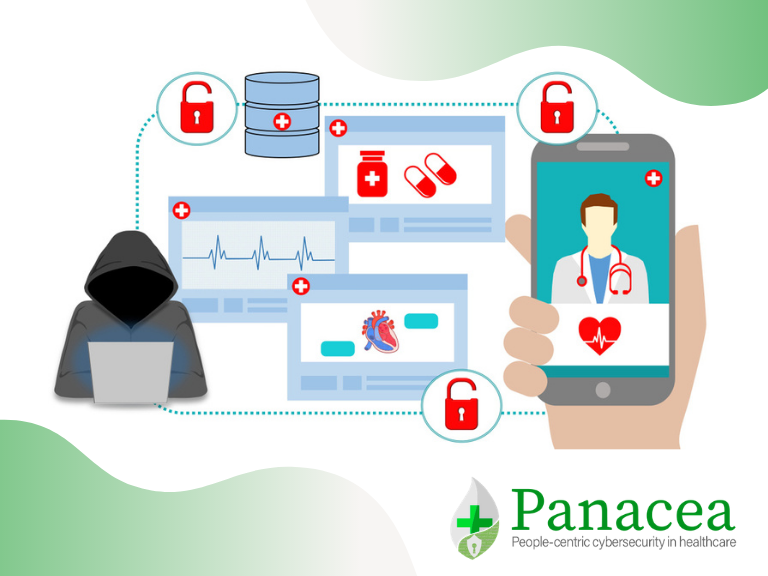The number of cyber-attacks around the world exploded in 2020: exploiting the Covid-19 pandemic as an opportunity for cybercriminals to take advantage of the shift in focus towards smart working and hospital staff transferred to the frontline.
Healthcare: Global Market Trends for Biometrics

Frost & Sullivan: Global Biometrics in Healthcare Market, Forecast to 2024 (January 2020)
Biometric adoption in the healthcare sector was initially limited to patient identification and verification. But now the adoption of electronic health records will generate a four-fold revenue growth for the global biometrics in healthcare market by 2024, according to the latest market forecase by Frost and Sullivan.
The analysts conclude that digital healthcare systems and IoT-based health solutions will spur the uptake of biometric technologies, reaching $2.72 billion, up from $670 million in 2019, at a compound annual growth rate (CAGR) of 32.3 percent.
- The global market for biometrics in healthcare is undergoing strong revenue growth, with a higher rate of adoption of electronic healthcare systems and digital tools for healthcare.
- The increase in smart, connected healthcare systems bodes well for the uptake of biometrics in the sector.
- Worldwide adoption of electronic health records is the key marker driver for biometrics in healthcare.
- Non-traditional biometric systems (e.g., behavioral biometrics, cognitive recognition, and wearable technologies) are emerging due to the distinct advantages they provide, in terms of remote monitoring and diagnostic healthcare services.
- The integration of technologies such as the Internet of Things (IoT) in healthcare is driving the shift of cloud-based healthcare systems, providing new avenues for cloud-based authentication and biometrics integration to ensure enhanced cybersecurity.
- Multi-modal biometrics is expected to be a growth opportunity that reinforces the adoption of biometric technology, as it ensures higher resilience to data thefts and counterfeit. Multimodality can promote biometrics as a stand-alone authentication by replacing passwords with multilayer biometric modalities.
PANACEA Research perspectives: PANACEA uses biometrics in the development of its identity management platform for users of a medical system or device known to the hospital system and who need to authenticate their identity. The tool uses two authentication factors: Biometry (to show who a person claims to be) and a smartphone (what the person has).
Lookout Watch entry date: 07.01.2020

